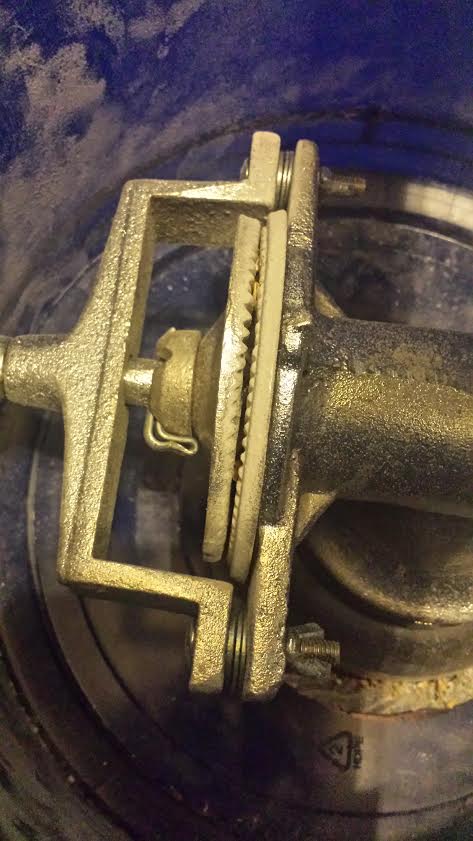i am using a stainless steel false bottom.
I think you're good with a false bottom, the holes should be large enough to let the really small stuff pass and you will create a nice filter bed that will end up catching the small stuff.
This is how it works on mine, as I stated I recirculate with a pump during the mash and as long as I turn the flow rate down I don't have any problems and I crush mine to the point I don't have any full size husks.
I also didn't add washer to mine, I had plenty of adjustment room so I didn't bother and my cotter pin wasn't allowing much movement so I didn't add the machine screw, although I did disassemble the whole thing and messed around with it so maybe after I put it back together I had the plates in a good enough spot that they were contacting each other pretty flat.
I would say if your plates are pretty even once you add grain it will square them up and depending on your adjustment you may or may not have to add the washers.
If you're really worried about a stuck sparge you could do a "mini" mash to test it out, make it about a 1.040ish and use if for starters.
Once you have it set up and adjusted (crank it down more than you think you need to) to your system, I think you will be pleased with the results.
Good luck




